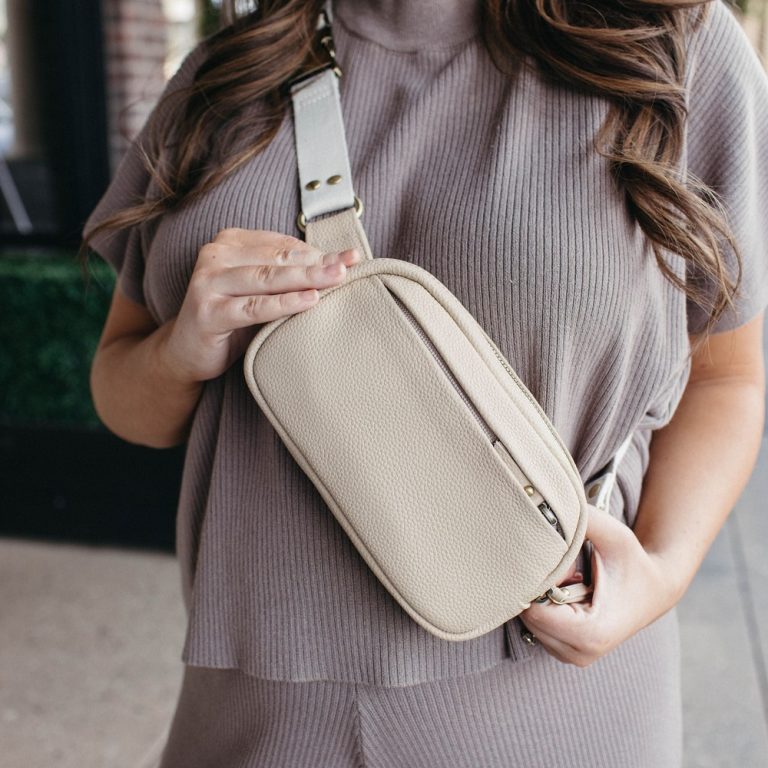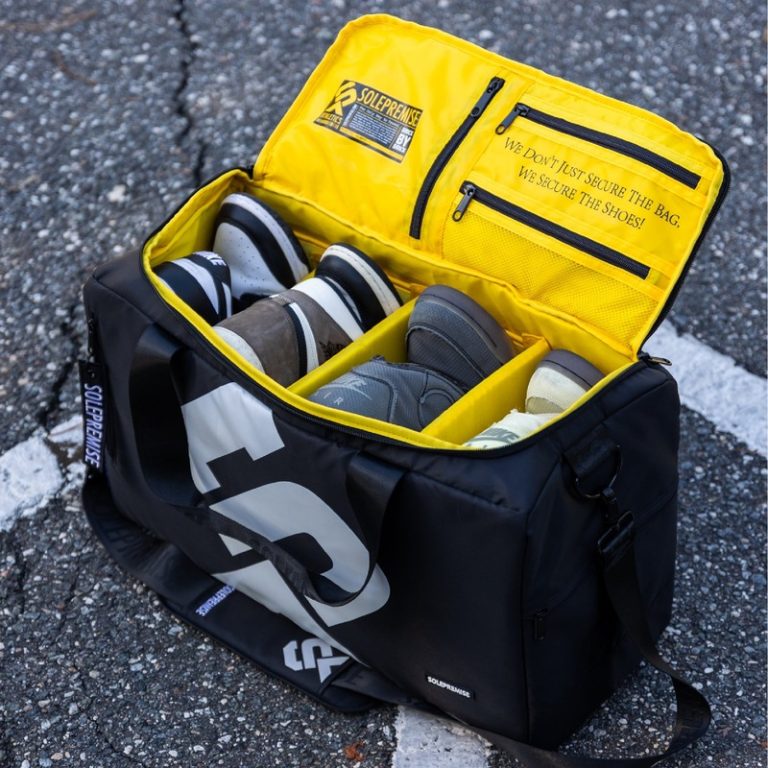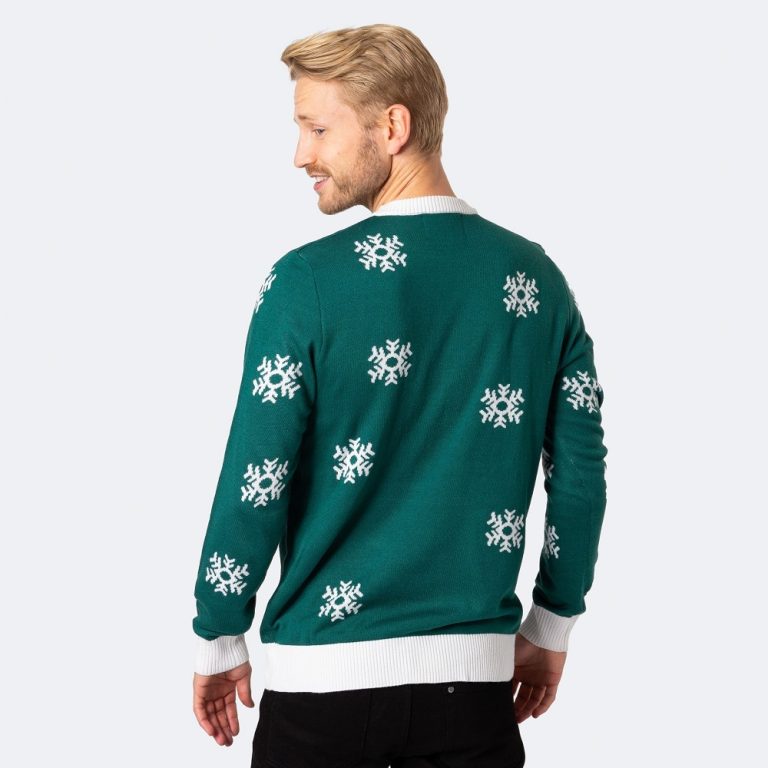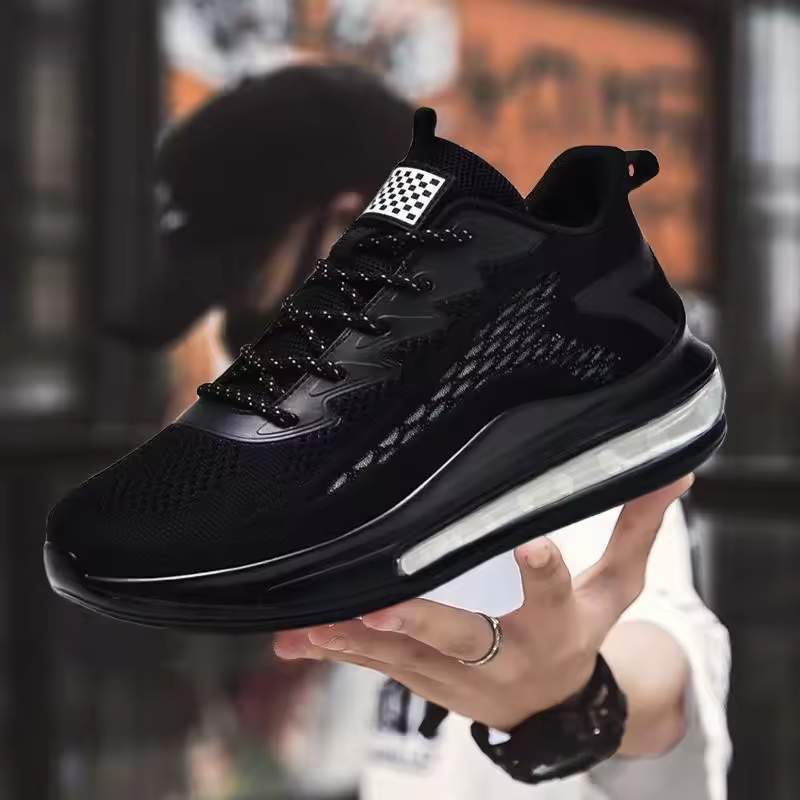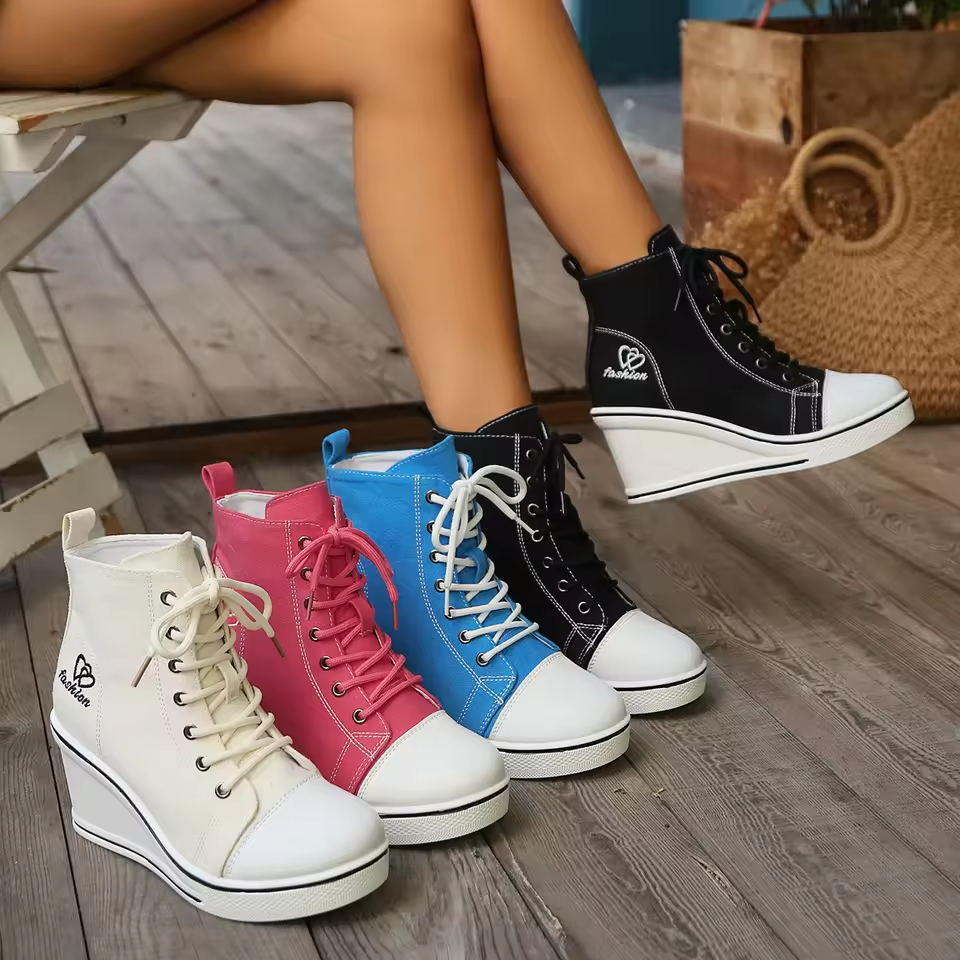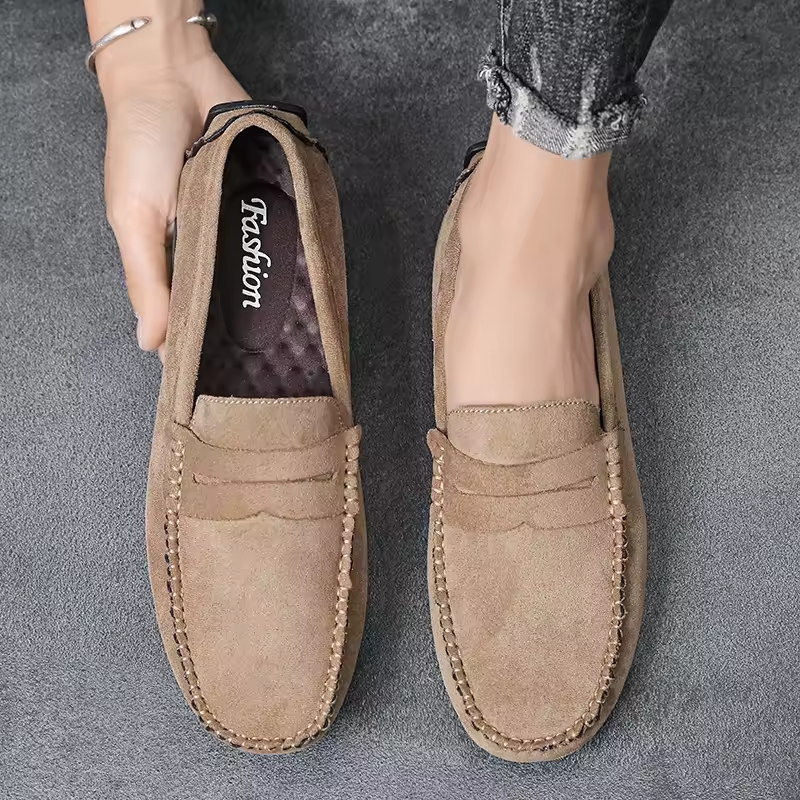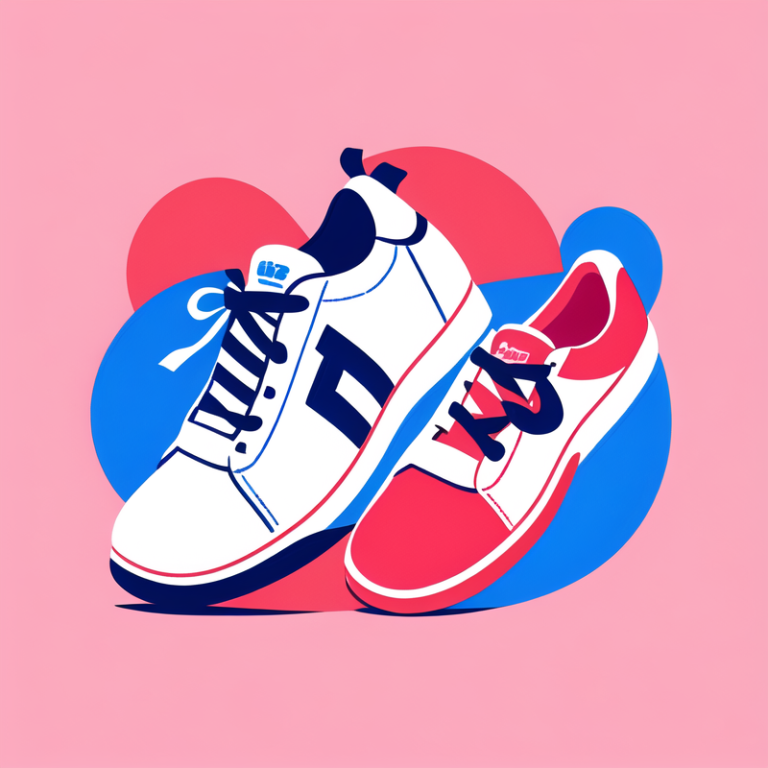Introduction to Bottle Bags: More Than Just a Holder
The humble bottle bag is a cornerstone of modern parenting, offering a solution to the age-old challenge of transporting bottles, breast milk, and formula with ease. While many parents overlook the importance of this accessory, a well-designed bottle bag can transform daily routines, from grocery runs to long car trips. The term “bottle bag” might seem straightforward, but its functionality extends far beyond basic storage. These bags are engineered to keep contents insulated, organized, and hygienic, catering to the specific needs of parents, caregivers, and even professionals like nurses or daycare staff.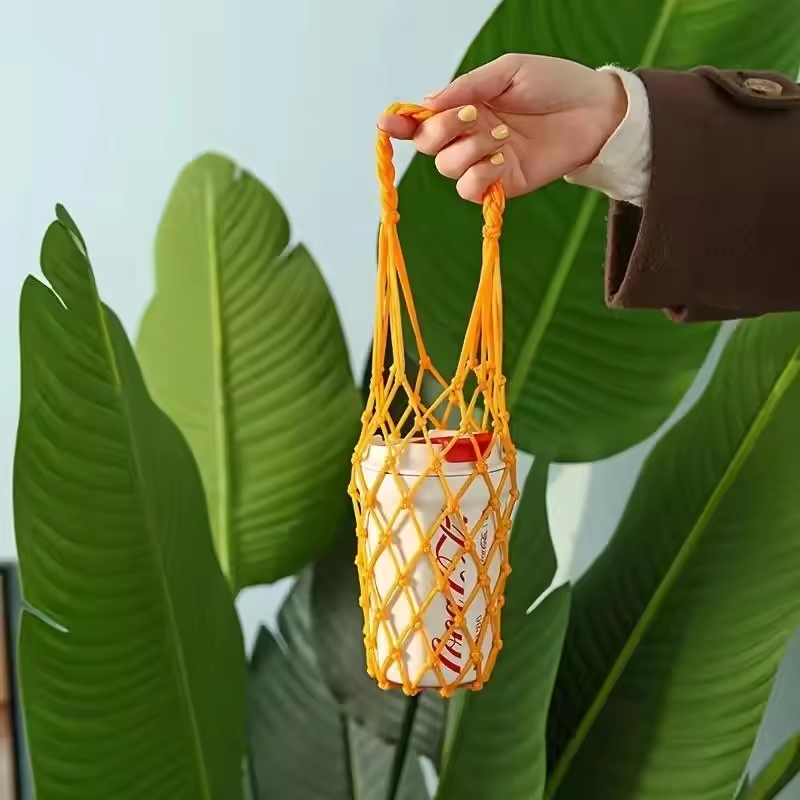
Modern bottle bags come in a variety of styles, from compact crossbody carriers to roomy diaper bag attachments. Their versatility is unmatched: some double as cooling systems for breast milk, while others feature ergonomic designs to reduce strain during travel. However, with so many options available, selecting the right one requires understanding your priorities. Whether you prioritize insulation, portability, or space-saving features, this guide will help you navigate the market.
Why Bottle Bags Are Essential for Modern Parents
In today’s fast-paced world, bottle bags have become indispensable tools for parents seeking convenience, organization, and peace of mind. These versatile accessories address critical challenges faced by caregivers, from maintaining food safety to simplifying on-the-go routines.
First, bottle bags ensure temperature control, keeping breast milk, formula, or prepped meals at safe temperatures during travel. Insulated designs with ice packs prevent spoilage, making them ideal for commutes, errands, or long car rides. Second, their organizational features—such as separate compartments and pockets—streamline storage for bottles, nipples, and accessories, reducing clutter and saving time.
Hygiene is another priority: waterproof, easy-to-clean materials minimize contamination risks, while designated spaces for dirty and clean items promote cleanliness. Additionally, portable styles like crossbody carriers or stroller attachments enhance accessibility, letting parents multitask without juggling multiple items.
For eco-conscious families, reusable bottle bags replace single-use plastics, aligning with sustainable practices. They also empower working parents by enabling pre-prepped meals, reducing meal-prep stress during busy schedules.
Ultimately, a bottle bag is more than a storage solution—it’s a sanity-saver that adapts to modern parenting’s demands, ensuring every outing is smoother and more stress-free.
Key Features to Look for in a High-Quality Bottle Bag
Choosing a bottle bag that meets your needs requires focusing on key features that prioritize functionality, durability, and convenience. Here are the essential qualities to consider:
1. Insulation Quality: A reliable bottle bag must maintain temperature stability. Opt for designs with double-layered insulation or gel packs to keep breast milk or formula cold, or bottles warm, during travel. Look for tested materials like neoprene or TPU for optimal performance.
2. Capacity and Organization: Prioritize bags with adjustable dividers, separate pockets for bottles, nipples, and accessories, and space for ice packs. A well-organized bag minimizes clutter and ensures quick access to essentials, whether you’re packing for a day trip or a busy workday.
3. Durable, Hygienic Materials: Waterproof, easy-to-clean fabrics like polyester or neoprene are ideal. Avoid porous materials that trap moisture and promote bacterial growth. A wipeable interior is crucial for maintaining hygiene between uses.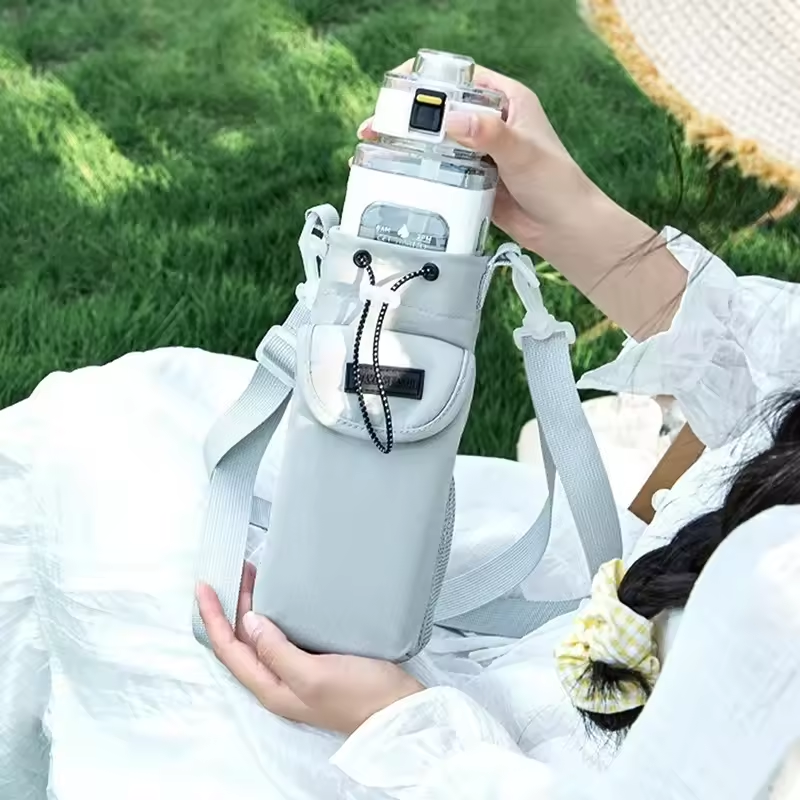
4. Portability: Lightweight construction and comfortable carrying options (e.g., adjustable straps, crossbody designs, or stroller attachments) make a bag practical for on-the-go parents. Ensure the weight distribution is balanced to avoid strain during long walks or commutes.
5. Additional Functionalities: Some premium bags include extras like USB ports for electric pumps, RFID-blocking pockets for valuables, or foldable designs for storage. These features enhance versatility, especially for frequent travelers or tech-savvy users.
6. Safety and Accessibility: Quick-access pockets for spoons or formula scoops, leak-proof zippers, and ergonomic handles contribute to user-friendly design. For safety, ensure the bag securely holds contents during movement to prevent spills.
A feeding bottle bag with these features not only meets functional needs but also enhances the user experience by reducing frustration and increasing efficiency.
Exploring Different Types of Bottle Bags
Bottle bags come in diverse styles, each tailored to specific needs. Understanding these types helps parents choose the best fit for their lifestyle:
- Insulated Bottle Bags: Designed with temperature-control features like gel packs or double-layer insulation, these keep breast milk or formula cold or warm during travel. Ideal for day trips or long commutes, they often include pockets for ice packs and accessories.
- Portable Baby Bottle Carriers: Compact and lightweight, these attach to strollers or diaper bags. Perfect for quick outings, they prioritize accessibility with easy-access pockets and adjustable straps.
- Breast Milk Storage Bags: Specialized containers for storing expressed milk, some double as bottle bags by including space for pump kits or bottles. Look for leak-proof designs and FDA-approved materials.
- Formula Bottle Organizers: Focus on separating formula scoops, lids, and bottles for hassle-free preparation. These are great for formula-feeding parents needing quick, hygienic access to essentials.
- Multi-Purpose Travel Bags: Combining features like USB ports for electric pumps, RFID-blocking pockets, or foldable designs, these cater to tech-savvy or frequent travelers seeking extra functionality.
Consider your primary use: breastfeeding parents may prefer insulated options with pump storage, while formula users might prioritize organizers with easy-cleaning surfaces. Opting for a type that aligns with your daily routine ensures efficiency and reduces stress.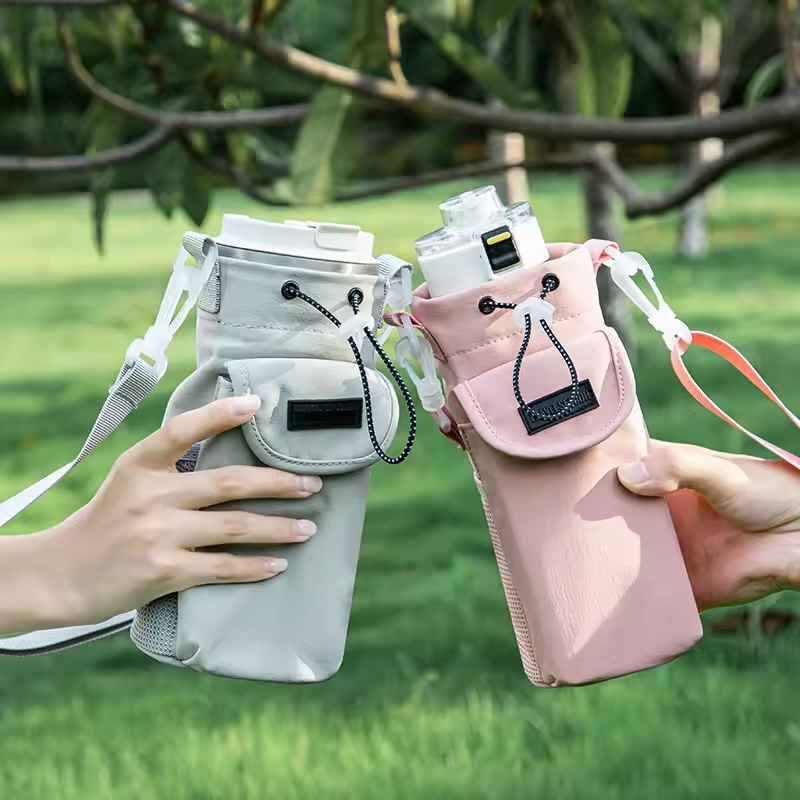
Choosing the Right Material for Your Bottle Bag
Selecting the right material for your bottle bag ensures durability, hygiene, and practicality. Key options include:
- Neoprene: A popular choice for insulation, this flexible rubber material retains temperatures well and resists tears. However, it’s heavier and less breathable.
- Polyester/Nylon: Lightweight and affordable, these synthetic fabrics are water-resistant and easy to clean. Ideal for non-insulated bags or casual use, though they lack temperature control.
- Canvas: Breathable and eco-friendly, canvas is durable but may absorb moisture. Best for dry climates or non-insulated storage.
- TPU (Thermoplastic Polyurethane): Combines flexibility, durability, and insulation. Common in premium bags, it’s lightweight and resistant to stains.
- Waterproof Fabrics (e.g., PVC-lined): Prevent leaks from condensation or spills, crucial for liquid storage. However, PVC may feel stiff and less eco-friendly.
Consider your needs:
- Insulation: Prioritize neoprene or TPU for temperature-sensitive items like breast milk.
- Eco-friendliness: Opt for organic cotton or recycled materials.
- Climate: In humid areas, avoid untreated canvas; choose waterproof synthetics.
A well-chosen material balances practicality with longevity, ensuring your bottle bag withstands daily use while meeting hygiene and functional demands.
Top Brands and Products to Consider
Researching brands can be overwhelming, so here’s a curated list of standout products:
- Philips Avent Insulated Bottle Bag: Known for its sleek design and reliable insulation, this bag includes a removable cooler pack.
- Fridabags Breast Milk Cooler: A premium option with FDA-approved materials and adjustable dividers.
- Skip Hop Bottle & Nipple Caddy: Compact and colorful, this is perfect for parents seeking a minimalist style.
- Beekeeper’s Apprentice Organic Cotton Bag: Eco-conscious parents favor this organic, chemical-free option.
When comparing products, read reviews for insights into durability and ease of use. Brands like Medela and Evenflo also offer reliable, budget-friendly choices.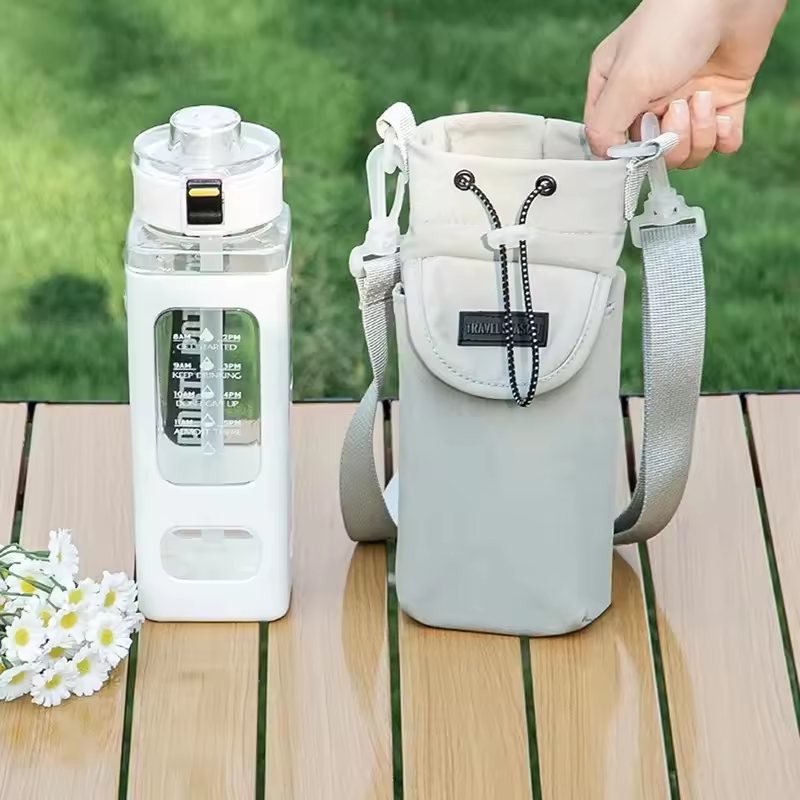
Common Misconceptions About Bottle Bags
Bottle bags are often misunderstood, leading parents to overlook their versatility. Here are key myths debunked:
- “They’re only for breastfeeding moms.”
Reality: Bottle bags cater to all parents, including formula-feeders or those storing pre-made meals. Their organizational features benefit any caregiver needing to transport feeding essentials. - “All insulated bags keep items cold indefinitely.”
Reality: Insulation effectiveness varies. Most retain temperature for 4–6 hours with ice packs; frequent travelers should plan accordingly. - “They’re bulky and impractical.”
Reality: Modern designs prioritize portability with foldable options or compact sizes that fit into diaper bags. Crossbody styles ensure hands-free convenience. - “They’re only for storing bottles.”
Reality: Many bags double as organizers for pacifiers, wipes, or even valuables via RFID-blocking pockets. Some include USB ports for electric pumps. - “Disposable storage bags are cheaper.”
Reality: Reusable bottle bags save money long-term and reduce plastic waste, aligning with eco-friendly goals.
By understanding these realities, parents can choose a bag that adapts to their unique needs—whether for convenience, sustainability, or functionality beyond just bottle storage.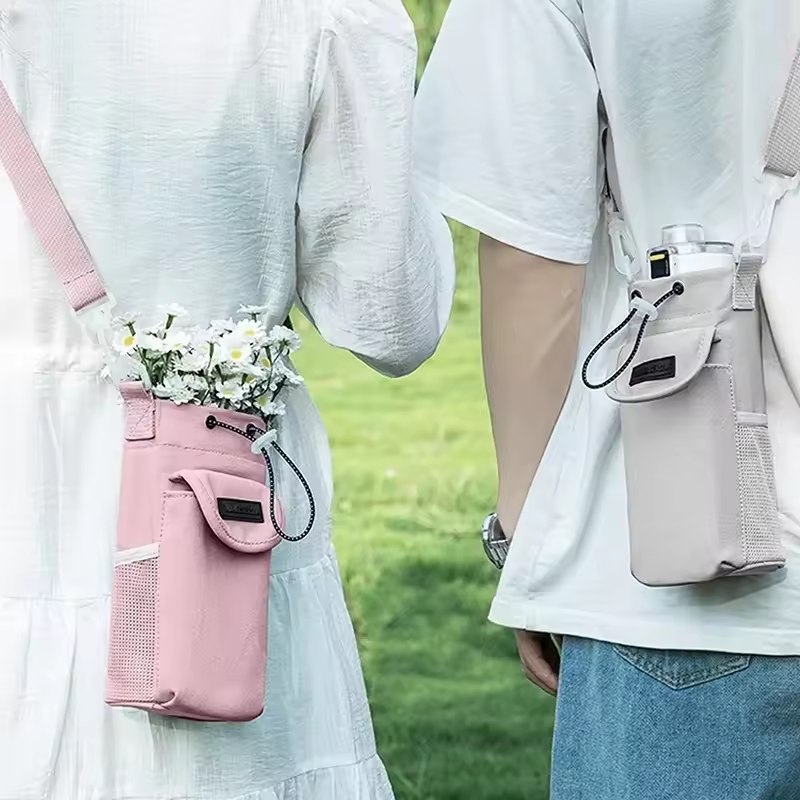
Tips for Maximizing Your Bottle Bag’s Utility
To get the most out of your bottle bag, adopt these practical strategies:
- Prep in Advance: Load sanitized bottles, nipples, and formula overnight. This saves morning chaos and ensures essentials are ready when needed.
- Layer Strategically: Place heavier items (e.g., ice packs or filled bottles) at the bottom to balance weight. Use dividers or small pouches to separate clean/dirty items.
- Clean Regularly: Wipe the interior with disinfectant wipes after each use. For deep cleaning, remove detachable parts and wash with mild soap—follow care instructions to avoid damage.
- Add Accessories: Include a small pouch for pacifiers, wipes, or spoons. Some bags accommodate foldable bottle brushes for on-the-go cleaning.
- Use Temperature Hacks: Pair insulated bags with reusable ice packs or frozen washcloths to extend cooling time. Avoid overpacking to maintain airflow.
- Store Folded When Unused: Opt for collapsible designs that tuck into a drawer or purse, saving space when not in use.
By integrating these tips, your bottle bag becomes a streamlined, hygienic tool that reduces stress and keeps feeding routines smooth—whether at home, work, or on adventures.
